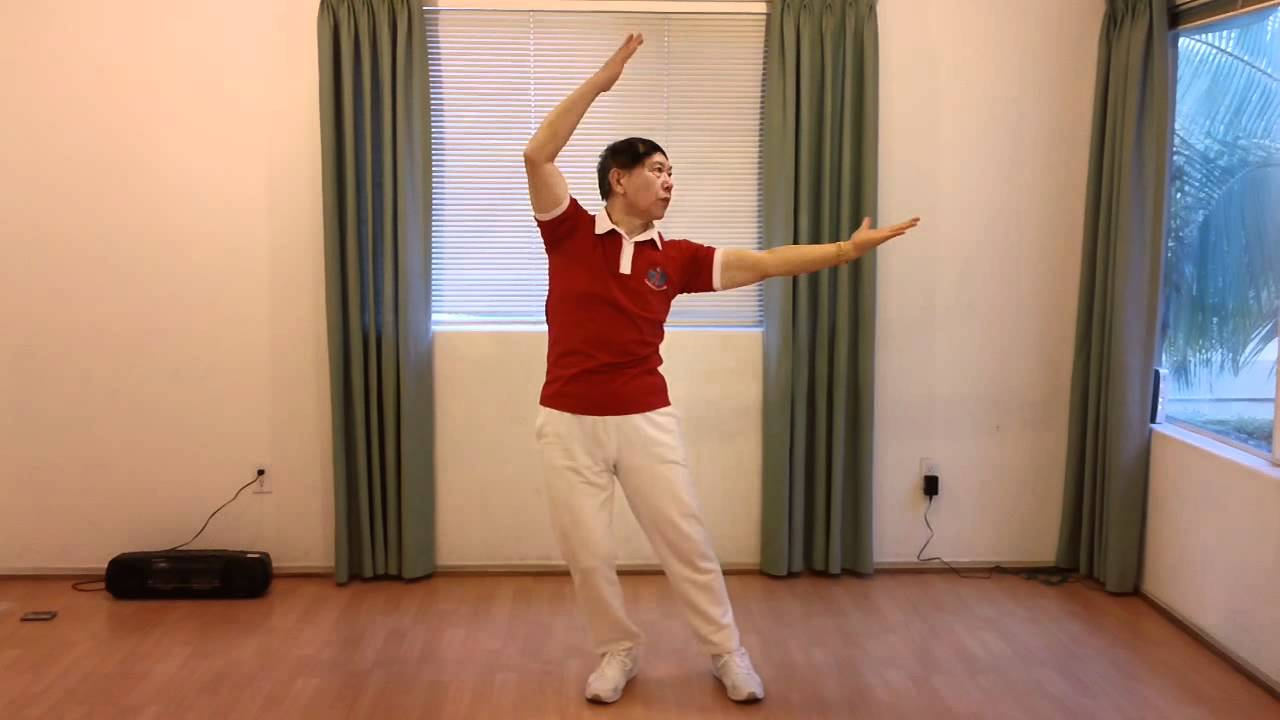Many Qigong techniques from the famous Shaolin Temple can be found today throughout China, with numerous variations.
François Caron, acupuncturist and official representative of Lin Housheng for Taiji Qigong Shibashi in Canada and France, tested and confirmed the efficiency of these postures on patients suffering from mononucleosis or from anemia following chemotherapy treatments (in combination with the medical treatments they were receiving). The speed at which the blood regenerated itself was outstanding and confirmed by blood analysis.
The use of this Shaolin Qigong is part of the therapeutic Qigong training (French version only).
Basic exercises for Qi projection and Anesthesia
(Wài qì mázuì jīběngōng fǎ / 外气麻醉基本功法)
Some of the most advanced forms of Shaolin Qigong enabled professor Lin Housheng to develop sufficient Qi to induce anesthesia on patients who were operated for thyroid or stomach problems. The first of these anesthesia occurred in 1980.
In July 1987, the Health Ministry of China, department of Traditional Chinese Medicine, awarded its first prize to professor in Housheng for developing Qigong anesthesia.
 Qi projection induced anesthesia is very useful in clinical practice. Francois Caron Ac. was able to successfully use Qi projection for local anesthesia in cases of broken ribs, hernias and cancer pain. These local anesthesia, in conjunction with medical treatments, provided significant relief to these patients.
Qi projection induced anesthesia is very useful in clinical practice. Francois Caron Ac. was able to successfully use Qi projection for local anesthesia in cases of broken ribs, hernias and cancer pain. These local anesthesia, in conjunction with medical treatments, provided significant relief to these patients.
All the Shaolin techniques taught by professor Lin Housheng to Francois Caron are part of the curriculum of the therapeutic Qigong training (French version only).

